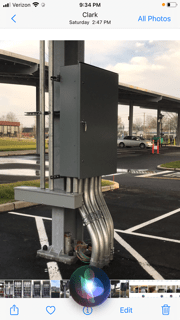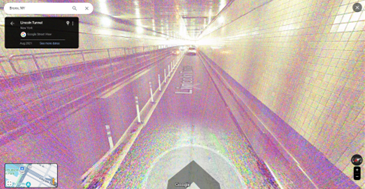power2engineer
Electrical
I work in solar industry with carport canopy structure with pole mounted electrical equipment such as Solar inverters, AC combiner Panels with underground conduit risers at the canopy structural columns. The surface of these Carport is finished with asphalt. Bolt down Bollards are the cheapest barrier to guard the Solar canopy mounted Elec Panels but due to asphalts temp ssesitive expansion/contraction characteristic it is suggested that a concrete form must be provided to mount the bollard. I cam across a product called asphalt anchors. Which is essentially an epoxy filler (like Quikrete) to secure the Boltdown bollard anchors which provides better stability from asphalt movement. Anybody has experience in using Boltdown or Pour in Bollard for parking lot post mounted equipment? What ASTM 3016 standard these Bollards needs to comply with?? Any suggestions?



